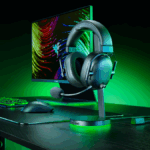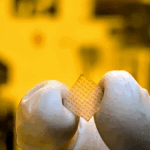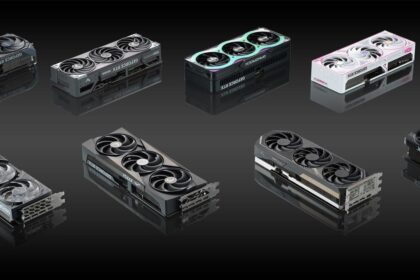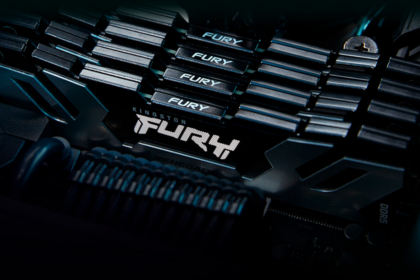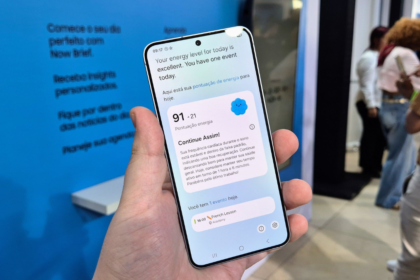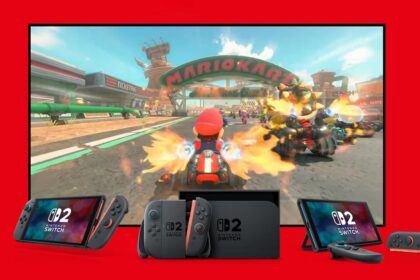Without much fanfare, AMD has quietly launched its new line of mobile processors—the Ryzen 8000HX series. This launch is essentially a refresh of the previous Ryzen 7000HX processors, offering very few changes under the hood. As expected, there wasn’t much of a formal announcement, considering the incremental nature of the update.
The new series debuted with the Asus ROG Strix, which features the Ryzen 9 8940HX—the second most powerful SKU in this refresh lineup. It boasts 16 cores and 32 threads based on Zen 4 architecture, mirroring the Ryzen 7000HX processors. Notably, this refresh sticks with the Zen 4 architecture, unlike upcoming models in the Strix Point, Strix Halo, and Fire Range series, which are expected to feature Zen 5 cores in their designs.
The key difference between the 8940HX and the top-tier processor in this refresh is a mere 100 MHz increase in clock speed, meaning that the Ryzen 8000HX is more of a minor boost than a significant upgrade over its predecessor.
Ryzen 8000HX is literally Ryzen 7000HX
It’s hard to spot many differences when looking at the specifications of AMD’s Ryzen 8000HX and Ryzen 7000HX processors. In fact, the main distinction is a modest 100 MHz increase in some SKUs, but otherwise, these two generations are nearly identical.
| Ryzen Specifications 8000HX vs Ryzen 7000HX | ||||
| CPU | Nuclei/Threads | Base Clock/Boost | Cache | TDP |
| Ryzen 9 8945hx | 16/32 | 5.4/2.5 GHz | 80 MB | 55-75W |
| Ryzen 9 7945hx | 16/32 | 5.4/2.5 GHz | 80 MB | 55-75W+ |
| Ryzen 9 8940HX | 16/32 | 5.3/2.4 GHz | 80 MB | 55-75W |
| Ryzen 9 7940HX | 16/32 | 5.2/2.4 GHz | 80 MB | 55-75W+ |
| Ryzen 7 8840HX | 12/24 | 5.1/2.9 GHz | 76 MB | 45-75W |
| Ryzen 7 7840HX | 12/24 | 5.1/2.9 GHz | 76 MB | 45-75W |
| Ryzen 7 8745HX | 8/16 | 5.1/3.6 GHz | 40 MB | 45-75W |
| Ryzen 7 7745HX | 8/16 | 5.1/3.6 GHz | 40 MB | 45-75W |
All Ryzen 8000HX and Ryzen 7000HX processors come with the Radeon 610M integrated graphics, featuring 2 compute units based on RDNA 2 architecture, with a clock speed of 2.2 GHz. This means the integrated graphics are sufficient for basic tasks, like video playback, but won’t offer substantial gaming performance.
In contrast, the newer series—like Ryzen 7000 and Ryzen 8000—are equipped with more powerful RDNA 3.5 graphics, providing better graphics performance and being capable of running demanding games smoothly at higher frame rates.



